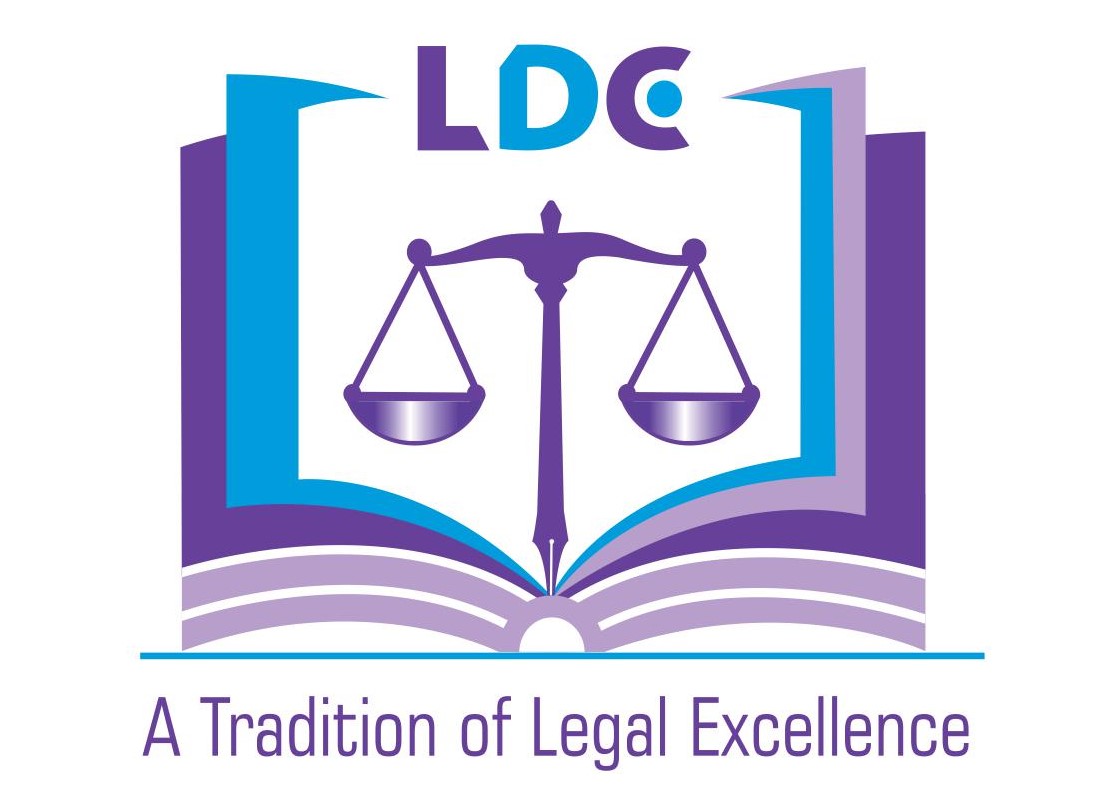Your therapist may discuss whether you might benefit from other treatment as well, such as medications. All you need to do is write down the things in your life that you are thankful for or the most positive events that happen in a given day. The simple act of writing down these good things can forge new associations in your brain that make it easier to see the positive, even when you are experiencing negative emotions. Last, they identify protective factors, to understand the client’s strengths, social supports, and adaptive behavioral patterns. This ABC Functional Analysis Worksheet can help you or your client to find out whether particular behaviors are adaptive and helpful in striving toward your goals, or destructive and self-defeating.
Video: Talking therapies for stress, anxiety and depression
Initial respondent conditioning strategies for better understanding anxiety were also vital in creating theories behind CBT. Extinction, habituation, and counter conditioning were all discovered with respondent conditioning. CBT is a way of focusing on the cognitive processes that produce feelings. The approach helps by changing people’s behavior and attitudes with a deeper understanding of thoughts, images, beliefs, and attitudes. The treatment is customized for each patient with regard to differences in personalities and specific needs. CBT can be viewed as an umbrella term for many different forms of therapies aimed at correcting dysfunctional cognition and maladaptive behaviors.
International Patients
Homework is another important part of CBT, regardless of the techniques you use. Just as school assignments helped you practice and develop the skills you learned in class, therapy assignments can help you become more familiar with the skills you’re developing. If you’re under a lot of stress at work, for example, you might see situations differently and make choices you wouldn’t ordinarily make. But another key concept of CBT is that these thought and behavior patterns can be changed. Psychoanalytic and psychodynamic therapy, as well as many other approaches, center around exploring the past to gather understanding and insight. The goal is to understand what happens in your mind and body in the present to change how you respond.
What to expect at your first CBT appointment

More and more evidence is being presented for the case that CBT is effective in more severe cases, however. With the increased availability of appropriate training and effective presentation of the techniques, a wider patient base may be reached. For instance, those suffering from PTSD are most frequently being given supportive counseling, as opposed to the long-term effective strategies provided by cognitive behavioral therapy. There is a widespread lack of training for providers in this type of therapy as well.
Anxiety Toolkit: Cognitive Behavioral Therapy (CBT)
CBT is based on the concept that your thoughts, feelings, physical sensations and actions are interconnected, and that negative thoughts and feelings can trap you in a negative cycle. It’s most commonly used to treat anxiety and depression, but can be useful for other mental and physical health problems. CBT uses lots of different terminologies, and it can be helpful to spell out exactly what they mean, so both you and your patients can be speaking the same language.
How is CBT different from other psychological treatments?
CBT can also help manage nonpsychological health conditions, such as insomnia and chronic pain. CBT techniques include identifying distortions such as overgeneralization of negative events, catastrophizing, minimizing positive events, and maximizing negative events. Patients work with therapists to identify and change cognitive distortions and avoidance behaviours that cause their symptoms.
When should I see my healthcare provider?

- Where earlier behavior therapies had focused almost exclusively on associations, reinforcements, and punishments to modify behavior, the cognitive approach addresses how thoughts and feelings affect behaviors.
- These science-based exercises will provide you with a detailed insight into Positive CBT and will give you the tools to apply it in your therapy or coaching.
- Having a good “fit” with your therapist can help you get the most benefit from CBT.
- Such thought patterns can sometimes develop into self-fulfilling prophecies and make life difficult for those affected.
- CBT often targets cognitive distortions, or irrational patterns of thought that can negatively affect behavior.





